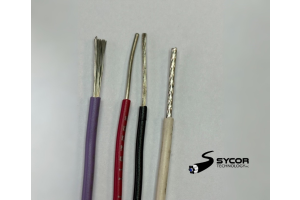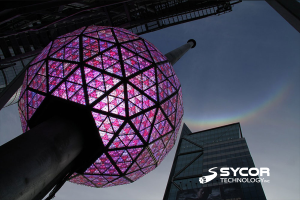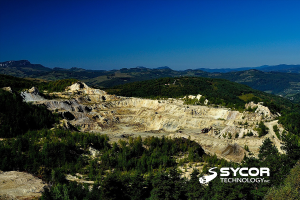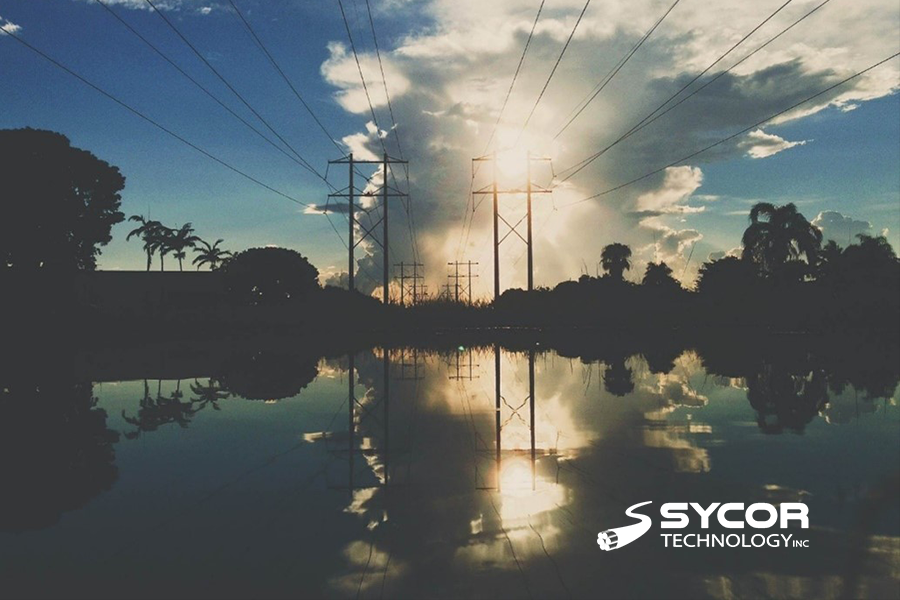
Getting Power From Point A to B
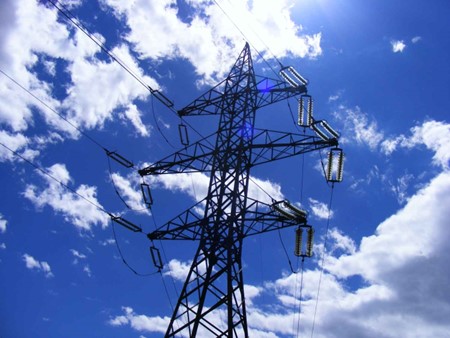
Double-Circuit Tower
The first type of power line and one of the most prevalent types is known as the double-circuit tower. This type of power line can transfer voltages ranging from 110 to 315kv, at heights that typically reach 25 to 60 meters. The double-circuit transmission line is also created with a total of six conductors that make up two different transmission circuits. The two circuits are made up of 6 conductors that correspond in 3 different phases.
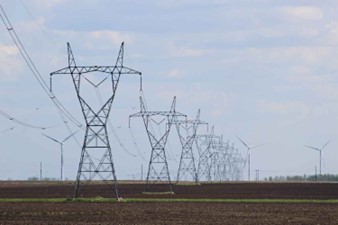
Waist-Type Tower
The Waist-Type-Tower is a transmission tower, as well as the most commonly used power line in North America. Its popularity comes from its large voltage range of 110 to 735kv and its ability to be easily set up on almost any type of terrain.
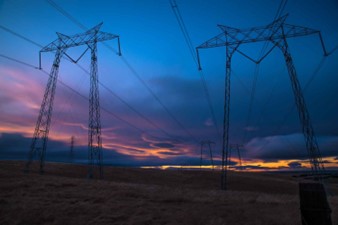
Guyed-V Tower
Being one of the more powerful transmission lines, the Guyed-V Tower is designed for voltage ratings between 230 to 750kv. This type of design is a little bit more economical and is typically smaller in overall size. The framework of the Guyed-V Tower is constructed into an aesthetically pleasing appearance and is easy to set up, which is why it's popular for small wind machines. This type of design is also reasonably priced.
Guyed Cross-Rope Suspension Tower
This power line is known as a cross-roped suspension tower and has an overall very simple design. This design is used heavily around specific generation stations (La Grande complex) and is able to handle up to 735kv. Lastly, the cross-roped suspension tower uses less galvanized steel than the standard guyed-v tower, therefore making it a lighter and cheaper alternative.
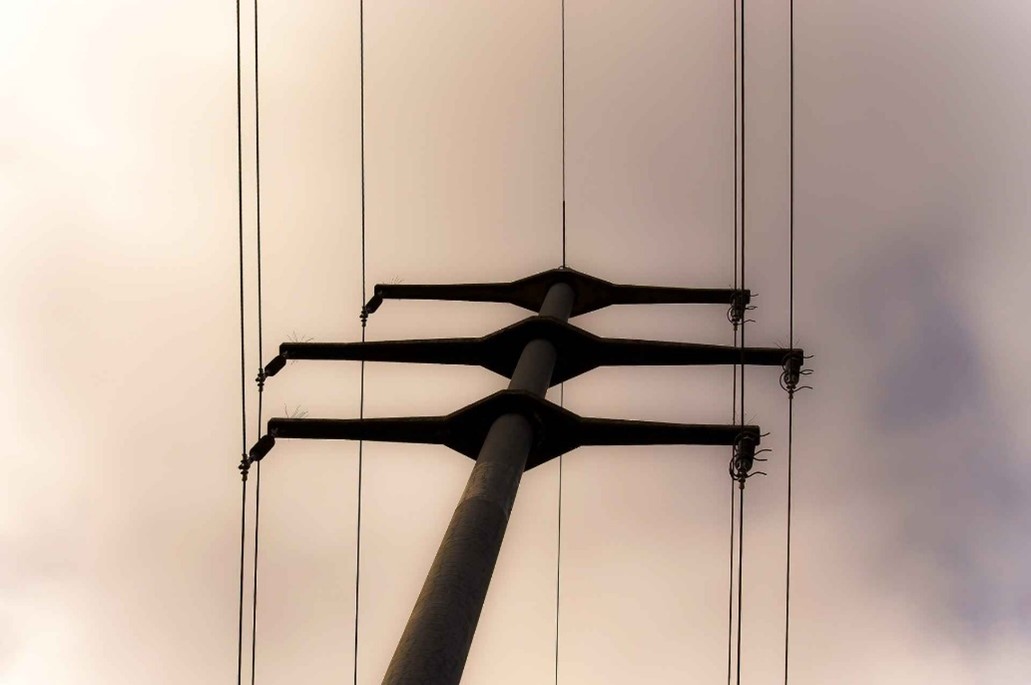
Tubular Steel Pole
The next type of transmission line that's heavily used is the simple tubular steel pole. These are the older, traditional lines, and the ones that are often seen in urban areas. This simple design is often used for the ability to be easily installed in almost every environment, and its general simplicity.
Crossings
The last popular type of power transmission line is known as a Crossing. The Crossings are used for stretching over large bodies of water, in order to connect power plants with cities and towns. An excellent example of these types of lines can be found at Hydro-Québec. Hydro-Québec uses this unique design to cross the large St.Lawerance River. Being able to transfer around 450kv consistently, this power line has become essential for difficult-to-reach areas around the world.
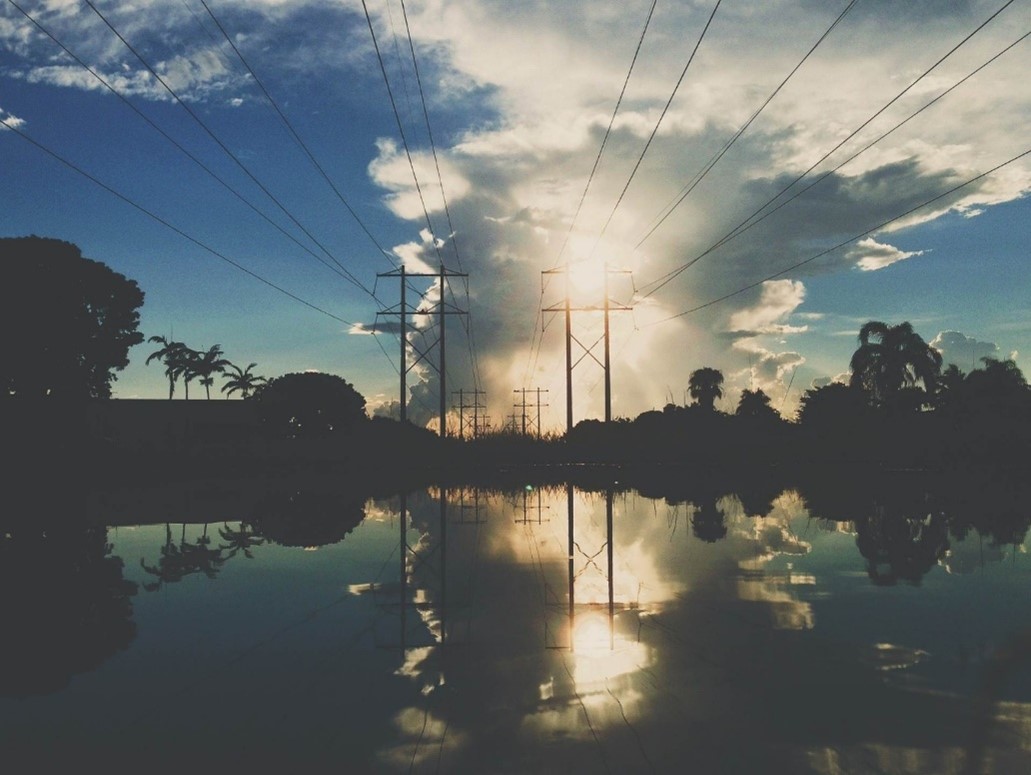
Overall every application will have a specific design that will fit its required needs. From crossings to the complicated double circuit, every design is unique and is able to benefit applications in different ways. Being able to send high voltages over long distances has always been a challenge, but with decades of development and planning, societies have been able to continue discovering more efficient ways of transferring power from one source to another.
For more information about us:
Call Toll Free - 1.800.268.9444 or Email Us - [email protected]


